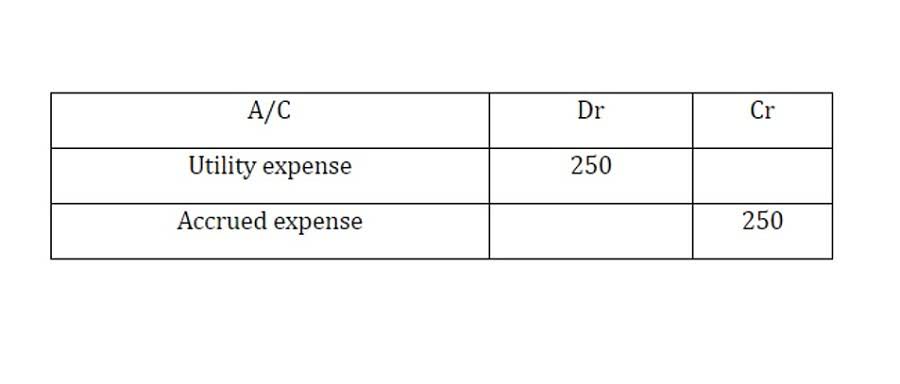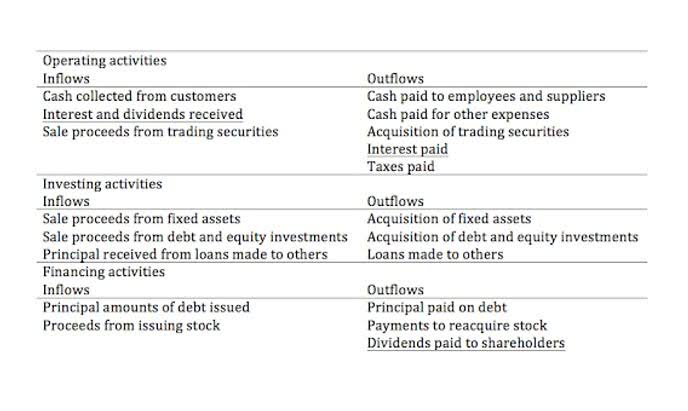Retained Earnings in Accounting and What They Can Tell You

Since idle money does not gain value over time without being invested, it may quickly deteriorate in value. Therefore, it is typically more beneficial for a company to use the money to how to solve for retained earnings invest in new assets and expand the company, issue dividends, or pay off loans. Some companies may spend this money on paying off loans, similarly reducing their interest expenses.
- It involves paying out a nominal amount of dividends and retaining a good portion of the earnings, which offers a win-win.
- In other words, a company that aims to grow must be able to put its money to work, just like any investor.
- The figure is calculated at the end of each accounting period (monthly/quarterly/annually).
- The retained earnings can act as a metric for analyzing a company’s financial health because it is the money leftover after all the direct and indirect costs are deducted.
The company’s retained earnings balance is a key component of the shareholders’ equity. It is calculated as the total earnings generated by the company, minus any dividends paid out to shareholders. The retained earnings account on the company’s balance sheet directly relates to its retained earnings, as it shows the profits the company has accumulated over time.
What Is Retained Earnings to Market Value?
The statement can be prepared to cover a specified cycle, either monthly, quarterly or annually. In the United States, it is required to follow the Generally Accepted Accounting Principles (GAAP). When evaluating the return on retained earnings, you need to determine whether it’s worth it for a company to keep its profits.

Retained earnings is useful when analyzing the financial health of the company. It is also an important metric to analyze its growth opportunities, since a company needs to reinvest the money to grow. It can reinvest this money into the business for expansion, operating expenses, research and development, acquisitions, launching new products, and more.
How to calculate the effect of a stock dividend on retained earnings
The statement of retained earnings is a financial statement entirely devoted to calculating your retained earnings. Like the retained earnings formula, the statement of retained earnings lists beginning retained earnings, net income or loss, dividends paid, and the final retained earnings. It signifies that the company is profitable and can reinvest in its growth and expansion. This can enhance the company’s creditworthiness and attract potential investors looking for stable businesses to invest in. Secondly, it is vital to understand that higher retained earnings does not necessarily mean it is good for a company.
How to Calculate Return on Assets (ROA) – The Motley Fool
How to Calculate Return on Assets (ROA).
Posted: Tue, 21 Nov 2023 08:00:00 GMT [source]
By looking at these items, you can understand a company’s performance over time and dividend policy. The statement starts with the beginning balance of retained earnings, adds net income (or subtracts net loss), and subtracts dividends paid. Accountants must accurately calculate and track retained earnings because it provides insight into a company’s financial performance over time. Accurate calculations can help the company make informed business decisions and ensure that profits get reinvested to benefit the company.
Example of a retained earnings calculation
Most shareholders prefer that companies issue retained earnings as dividends or reinvest them to increase their growth. One especially useful tool in analyzing a company’s value is the retained earnings to market value ratio. This ratio can provide insight into how effectively companies allocate their earnings to suitable investments that increase share value for growth companies.

